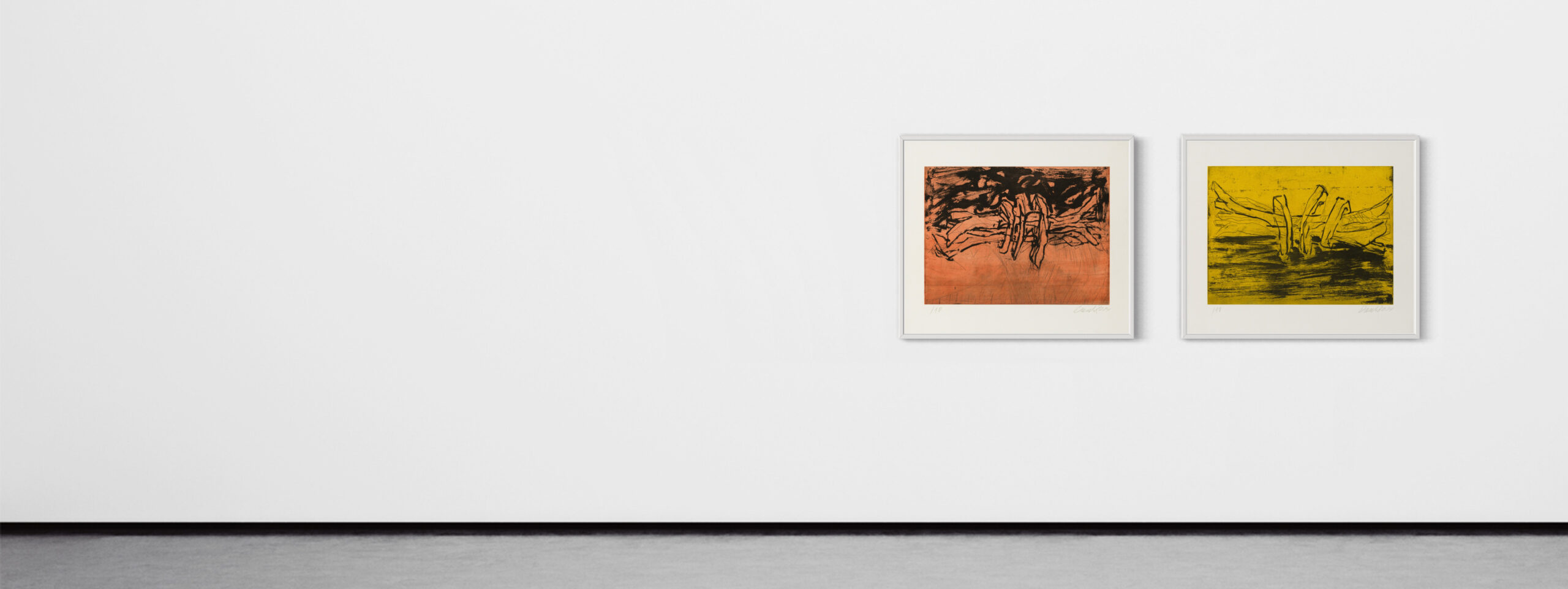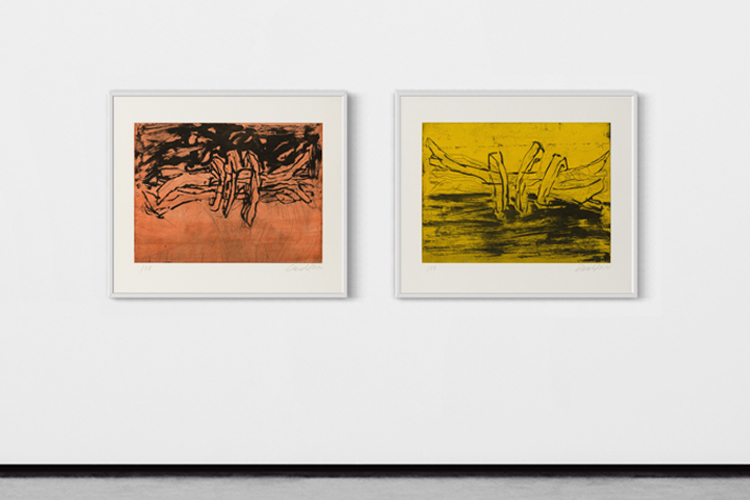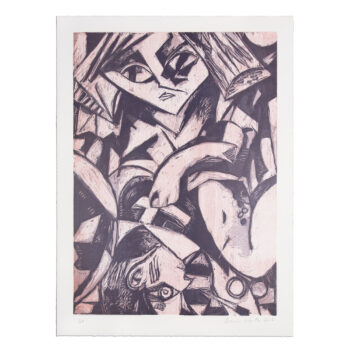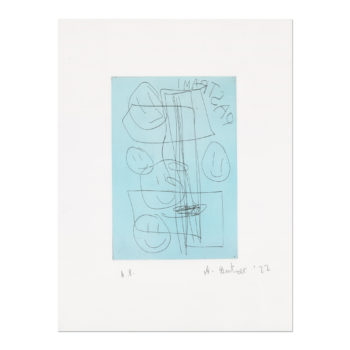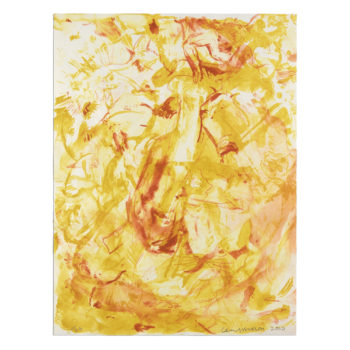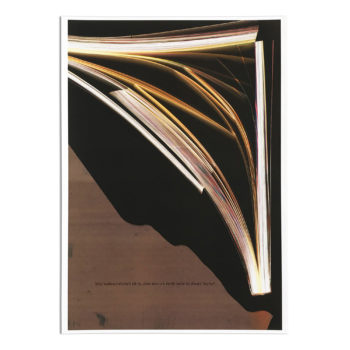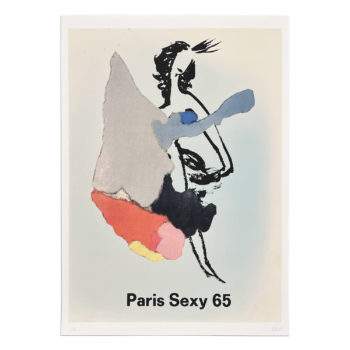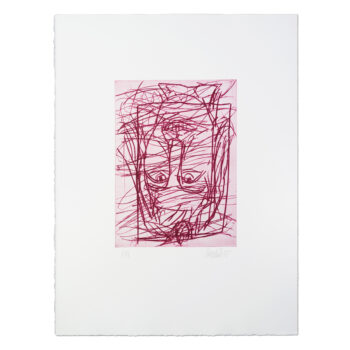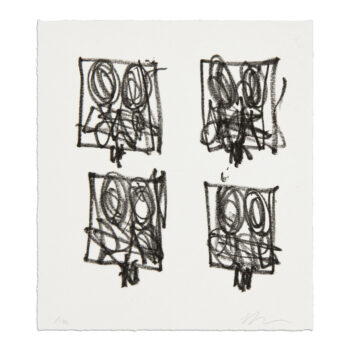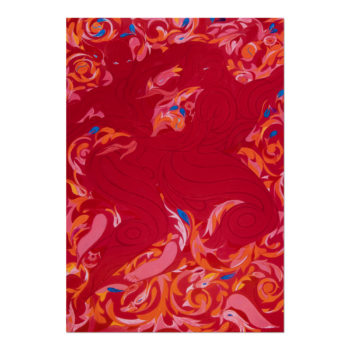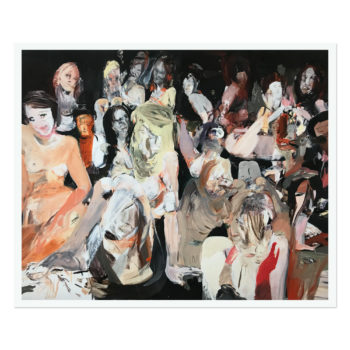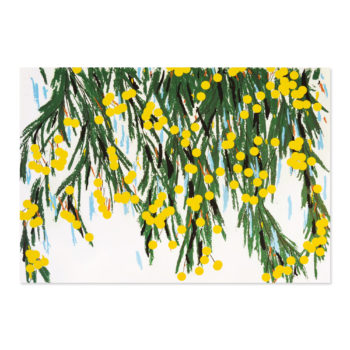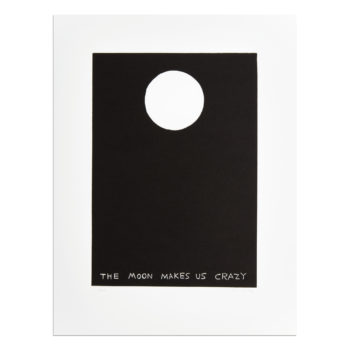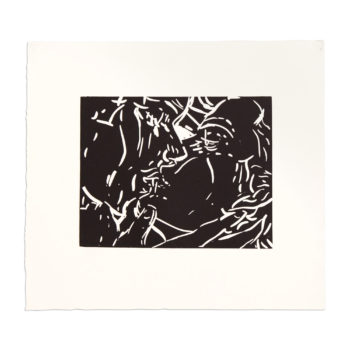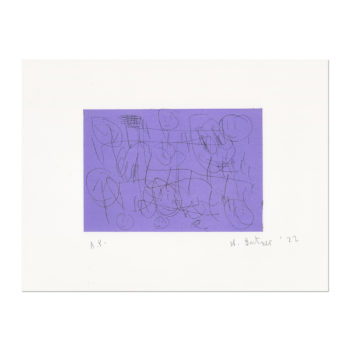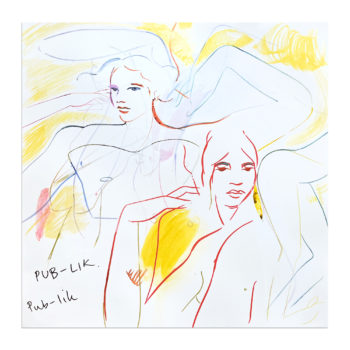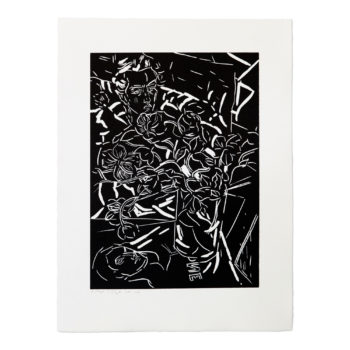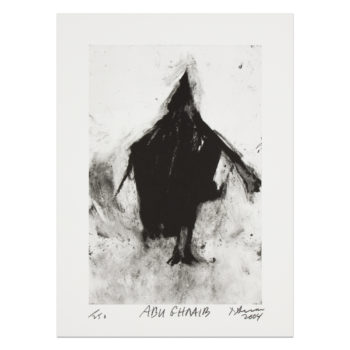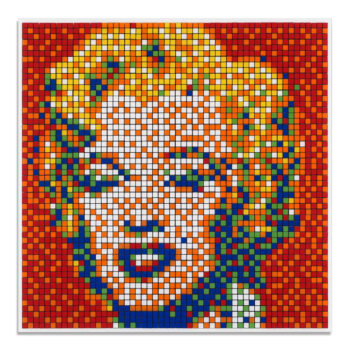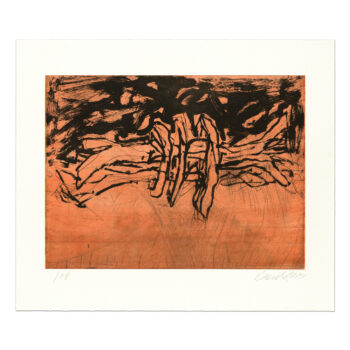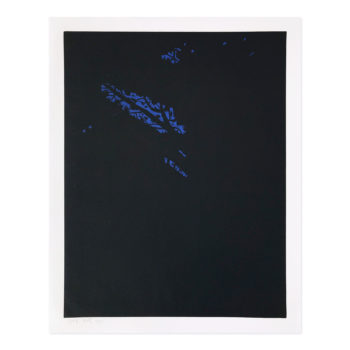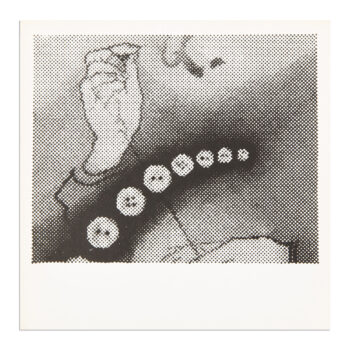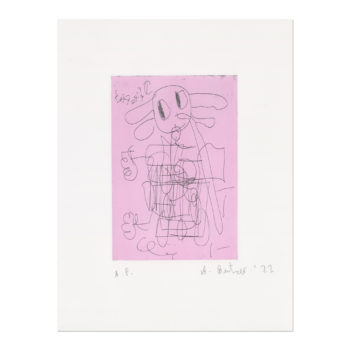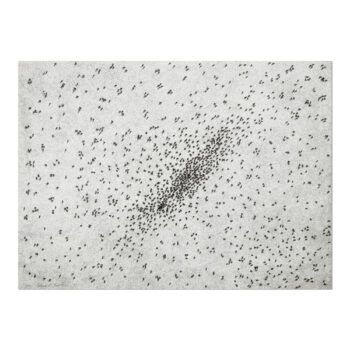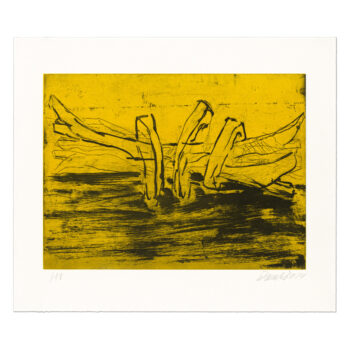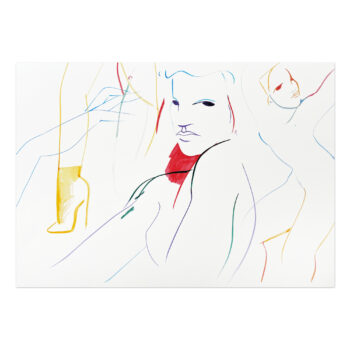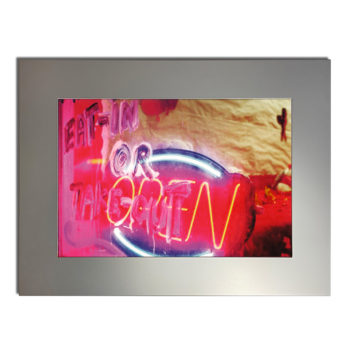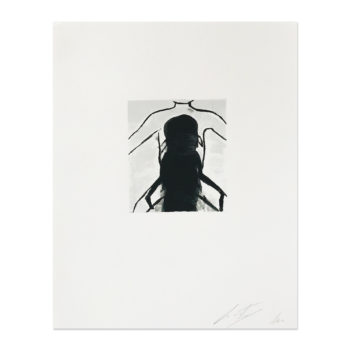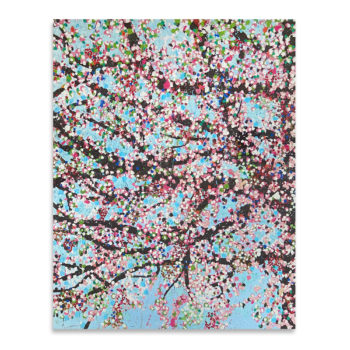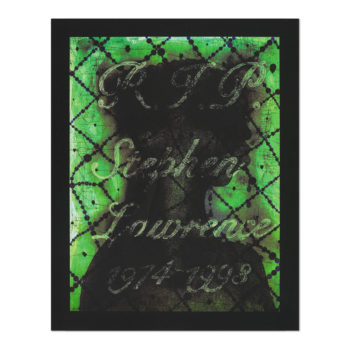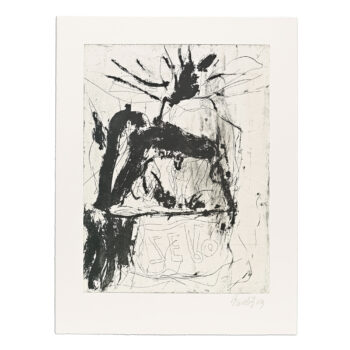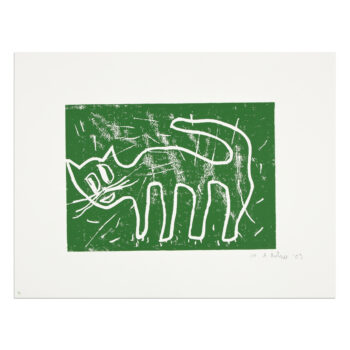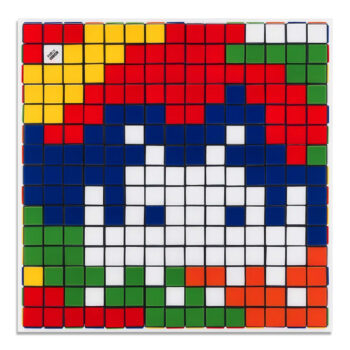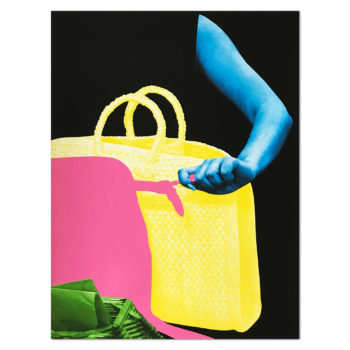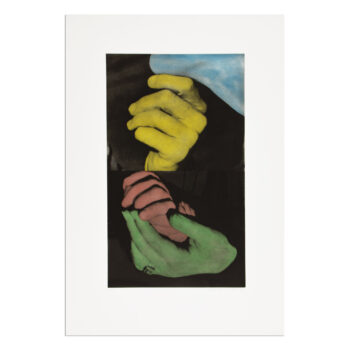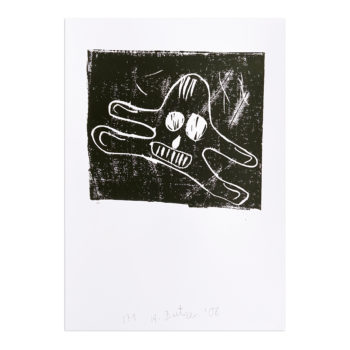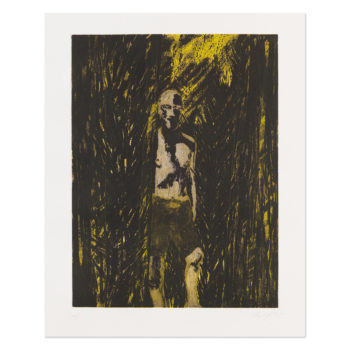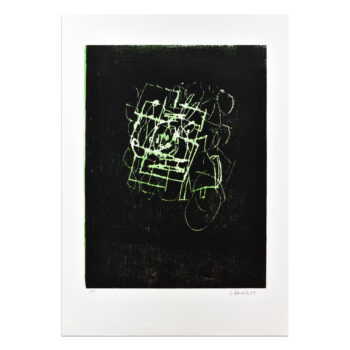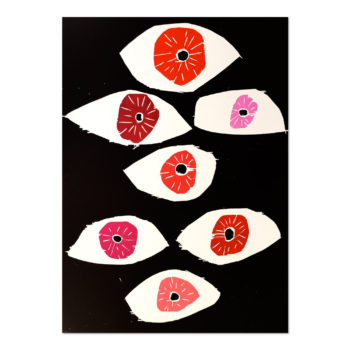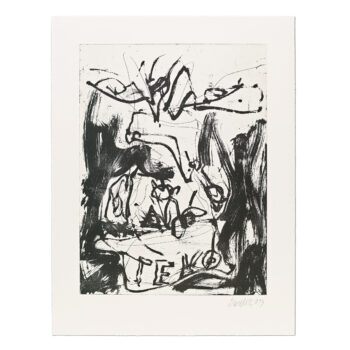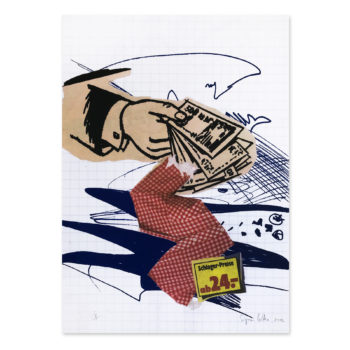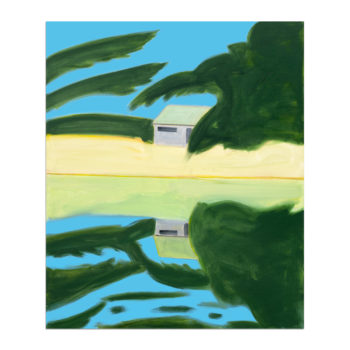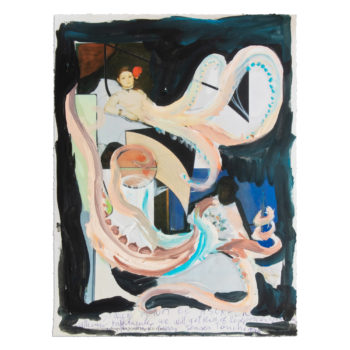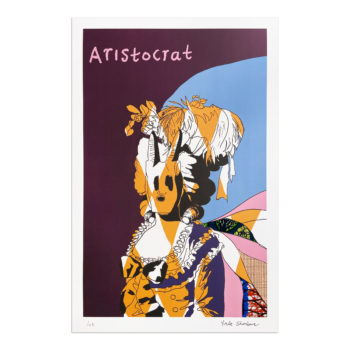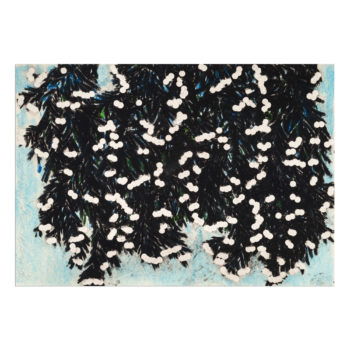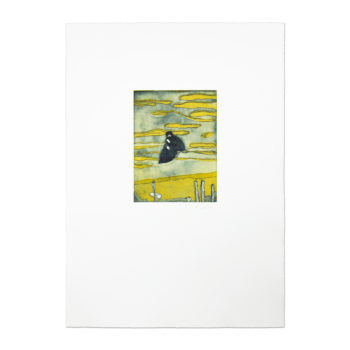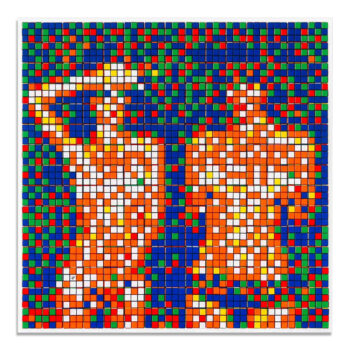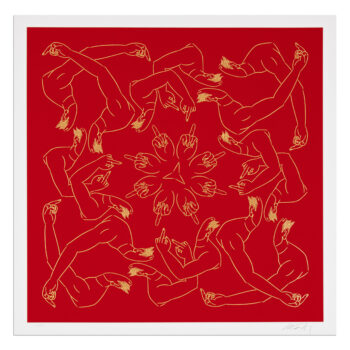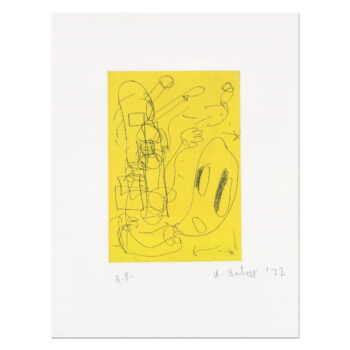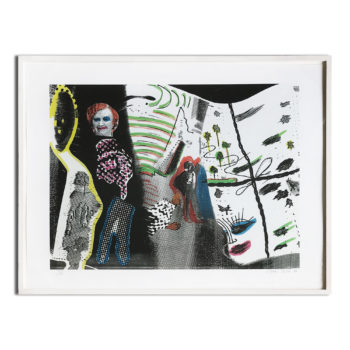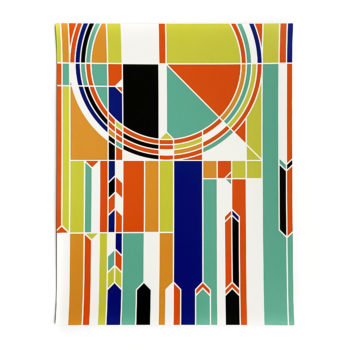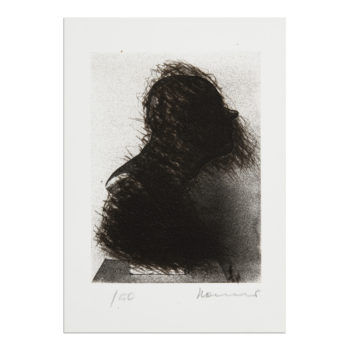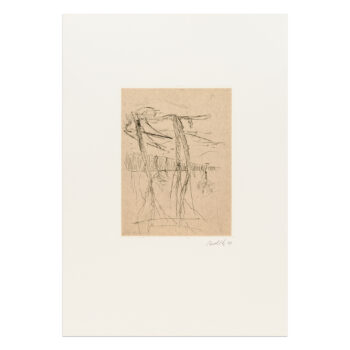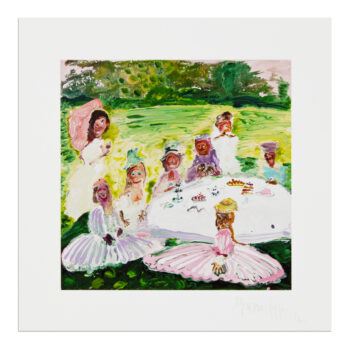-
Elizabeth Peyton, Frank Ocean
4.200,00 € -
Dana Schutz, Back Surgery in Bed
3.400,00 € -
André Butzer, Pastrami
2.700,00 € -
-
-
Daniel Richter, Untitled (Paris Sexy 65)
3.000,00 € -
Peter Halley, Cartoon Explosion
1.300,00 € -
Georg Baselitz, Schwester Rosi III
4.000,00 € -
Rashid Johnson, Untitled Anxious Print
5.000,00 € -
Tunji Adeniyi-Jones, Poetic Feet
1.900,00 € -
-
Cecily Brown, All the Nightmares Came Today
2.700,00 € -
-
David Shrigley, The Moon Makes Us Crazy
2.200,00 € -
Elizabeth Peyton, The Kiss
3.200,00 € -
André Butzer, Untitled (Purple)
2.700,00 € -
Elizabeth Peyton, Still Life
5.500,00 € -
Richard Serra, Abu Ghraib
4.400,00 € -
Chris Ofili, Untitled
4.000,00 € -
Georg Baselitz, Winterschlaf I
7.700,00 € -
Alex Katz, Night
4.500,00 € -
-
André Butzer, Dr. Pfeffer
2.700,00 € -
Ed Ruscha, Insect Slant (Ants)
9.000,00 € -
Georg Baselitz, Winterschlaf X
7.700,00 € -
France-Lise McGurn, Dream Bod and Bronco
1.000,00 € -
-
Luc Tuymans, Superstition
1.600,00 € -
-
Chris Ofili, R.I.P. Stephen Lawrence
2.400,00 € -
Georg Baselitz, Farewell Bill #7
5.200,00 € -
André Butzer, Katze
2.900,00 € -
-
John Baldessari, Hands and/ or Feet
4.000,00 € -
-
André Butzer, Untitled (Smileys)
2.700,00 € -
Luc Tuymans, Altar
5.500,00 € -
André Butzer, Untitled (Wanderer)
1.900,00 € -
-
Eddie Martinez, Bufly (GPBF)
4.600,00 € -
Georg Baselitz, Grüner Hase
4.600,00 € -
David Shrigley, Eyes
3.800,00 € -
Georg Baselitz, Farewell Bill #4
5.200,00 € -
Sigmar Polke, Bargeld Lacht
2.900,00 € -
-
Laure Prouvost, Nice to not be a screen
1.200,00 € -
Chris Ofili, Afternoon with La Soufrière
3.800,00 € -
Adam Pendleton, Mask
3.500,00 € -
-
Peter Doig, Boathouse
3.800,00 € -
-
-
André Butzer, Untitled (Yellow)
2.700,00 € -
Sigmar Polke, S. schmeckt Pfirsich von H.
4.900,00 € -
Sarah Morris, London
1.200,00 € -
Arnulf Rainer, Büste im Nebel
2.400,00 € -
Georg Baselitz, Bäume
4.800,00 € -
Genieve Figgis, Picnic
6.000,00 €
Figurative abstraction, a compelling fusion within contemporary art, amalgamates elements of the real world with abstract forms, offering viewers a unique, interpretative visual experience. This genre balances the line between recognizable figures and abstracted, often distorted representations, enabling artists to explore emotional depth, psychological complexity, and narrative ambiguity. Through the mediums of painting, prints, photography and sculpture, figurative abstraction serves as a versatile platform for artistic expression, transcending traditional boundaries to evoke profound personal and collective responses. Prominent examples for figurative abstraction, also called abstract figuration, are Cecily Brown, Dana Schutz and Georg Baselitz.
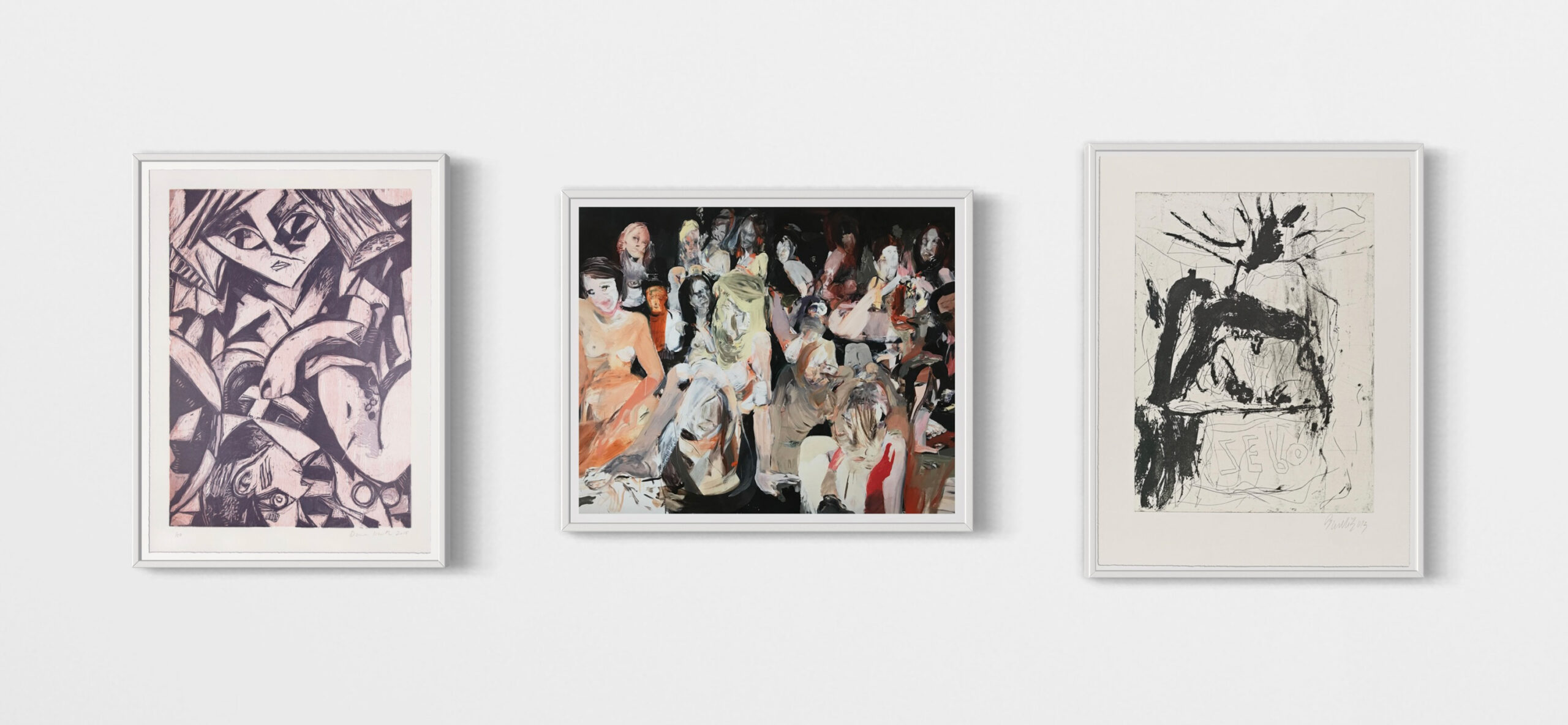
Cecily Brown, a renowned figure in this movement, utilizes the fluidity of painting to weave together scenes teeming with life, where the distinction between the figurative and the abstract blurs into energetic, tumultuous landscapes and figures of color and form. Her work invites an immersive exploration of human desires and the chaotic beauty of existence. She once stated: “I often avoid using the terms ‘figuration’ and ‘abstraction’ because I’ve always tried to have it both ways. I want the experience of looking at one of my paintings to be similar to the process of making the painting – you go from the big picture to something very intense and detailed, and then back again.”
Dana Schutz, on the other hand, employs a more direct narrative approach, infusing her paintings and prints with humor, horror, and fantasy. Schutz’s figures are contorted and reimagined in vibrant, surreal settings that challenge perceptions of reality and fiction, prompting viewers to question the very nature of human experience. Georg Baselitz brings a distinct perspective to figurative abstraction through his revolutionary practice of inverting his imagery. This disorientation forces a detachment from literal interpretations, allowing the viewer to engage with the work’s formal aspects—color, shape, and composition—before reconciling these elements with the recognizably human forms that emerge from Baselitz’s abstractions.
The contributions of Brown, Schutz, and Baselitz to the field of figurative abstraction are emblematic of the genre’s capacity to bridge the gap between the concrete and the conceptual. This movement, while firmly rooted in the advancements of modern and contemporary art, continues to evolve, reflecting the ongoing dialogue between artists and the ever-shifting landscapes of culture and society. Their work, a testament to the enduring power of figurative abstraction, invites ongoing scholarly examination and public engagement, underscoring the genre’s significant role in the broader tapestry of art history.
A brief history of figurative abstraction
The evolution of figurative abstraction spans from the 19th century to the early 20th century, reflecting shifts in artistic and philosophical thought. During the 19th century, artists began incorporating abstract elements within figurative painting. J.M.W. Turner (1775–1851) used light and color to create atmospheric effects, abstracting human figures and landscapes in works like Rain, Steam and Speed – The Great Western Railway. Eugène Delacroix (1798–1863) used dynamic compositions and exaggerated gestures in Liberty Leading the People, abstracting forms to enhance emotional impact. Vincent van Gogh (1853–1890) employed vibrant colors and swirling forms to convey psychological states, as seen in Starry Night. Paul Cézanne (1839–1906) deconstructed forms into geometric shapes, emphasizing structural essence over realism in works like The Large Bathers.
The early 20th century saw a shift towards pure abstraction with movements like Expressionism, Futurism, and Cubism. Ernst Ludwig Kirchner (1880–1938) used distorted forms to convey emotional intensity in Street, Berlin. Umberto Boccioni (1882–1916) abstracted the human figure into dynamic forms in Unique Forms of Continuity in Space. Pablo Picasso (1881–1973) fragmented forms into geometric shapes in Les Demoiselles d’Avignon.
It was not until the late 20th century, following a complete shift away from figuration toward abstraction in movements like Suprematism, Abstract Expressionism, and Minimalism, that artists such as Georg Baselitz and Cecily Brown rediscovered figurative abstraction. As part of the “return to painting” movement in the 1980s and 1990s, they continued to explore and integrate abstract and figurative forms, reviving the genre’s dynamic evolution.
Buy figurative abstraction prints online. Catering art collectors from around the globe, MLTPL focusses on the specific needs of online buyers: transparent pricing, accurate condition reports, professional packaging and quick shipping.
MLTPL ships worldwide. We focus on professional packaging and fully traceable shipping. Where possible, we ship our figurative abstraction artworks flat between fiberboards and two layers of solid cardboard. We aim to dispatch in under 5 days.
All shipped figurative abstraction prints are covered by our door-to-door transport insurance. In the unlikely event of physical damage or loss, the artwork will therefore be fully insured.
When buying art online, the artwork’s condition and its truthful description are key. We follow a rigorous standard when selecting new artworks for our collector base, whilst providing accurate condition reports and high-resolution images.
